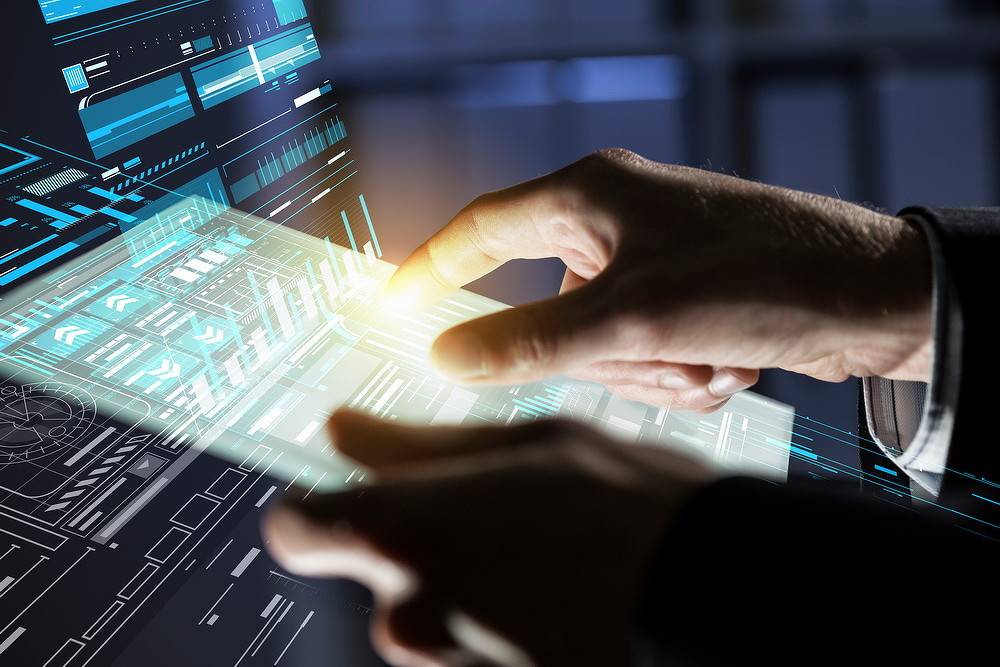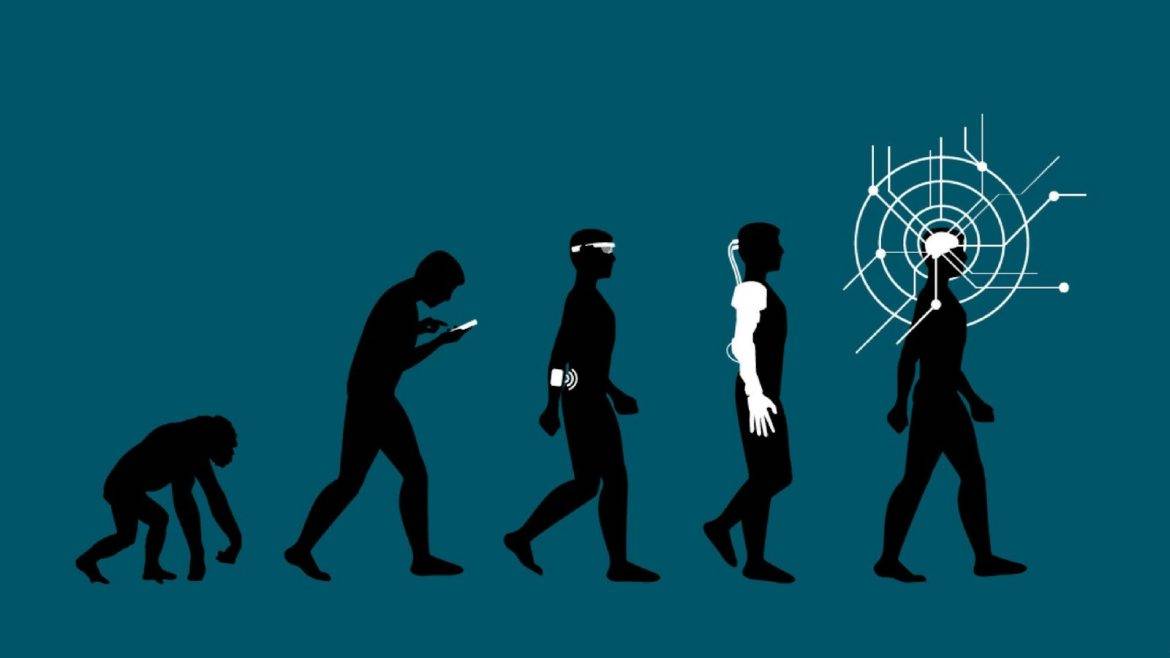Meteorology, the scientific study of the atmosphere and weather patterns, plays a crucial role in understanding and predicting Earth’s climate dynamics. This article explores the fundamentals of meteorology, its significance in daily life, technological advancements, and its impact on various sectors.
What is Meteorology?
Meteorology focuses on observing, understanding, and forecasting atmospheric phenomena:
Atmospheric Components: Meteorologists study the composition, structure, and physical properties of the atmosphere, including gases, water vapor, and aerosols.
Weather Processes: Meteorology investigates weather processes such as temperature variations, atmospheric pressure changes, wind patterns, and precipitation.
Climate Dynamics: Meteorologists analyze long-term climate trends, climate variability, and the impact of natural and human-induced factors on global climate patterns.










